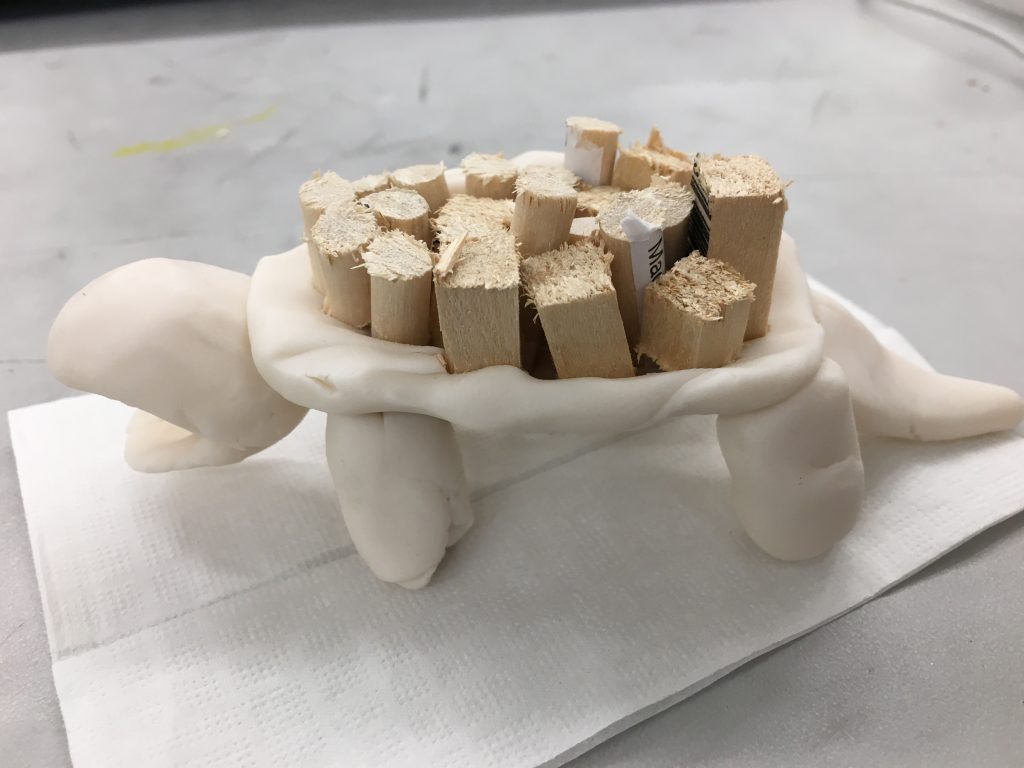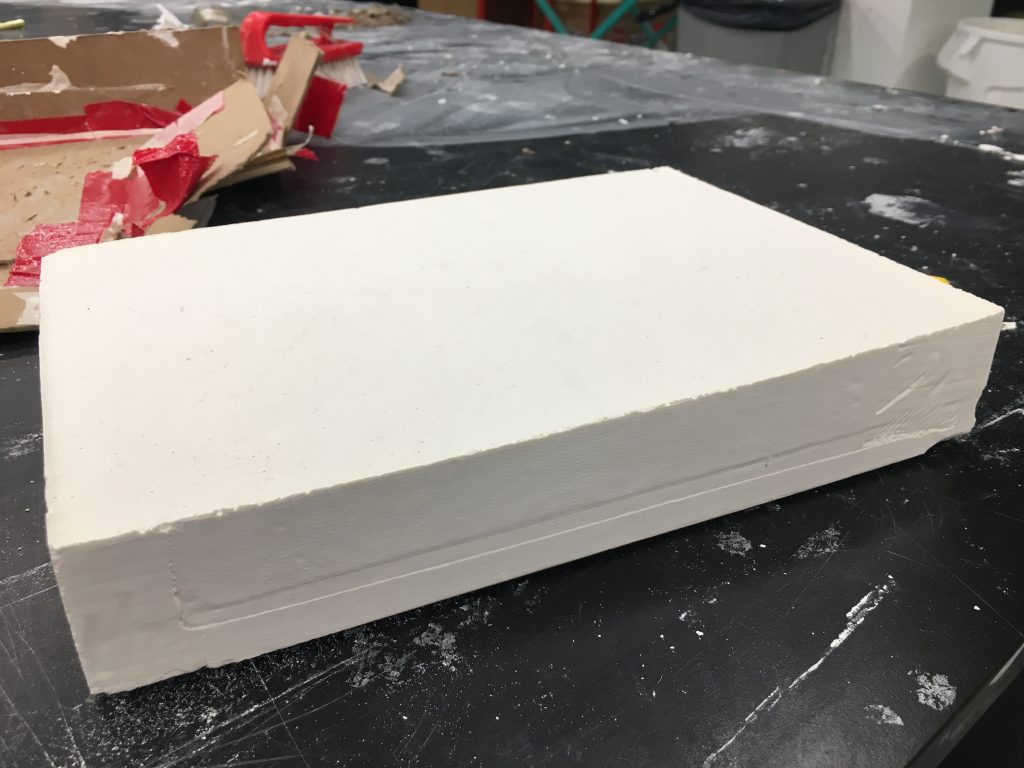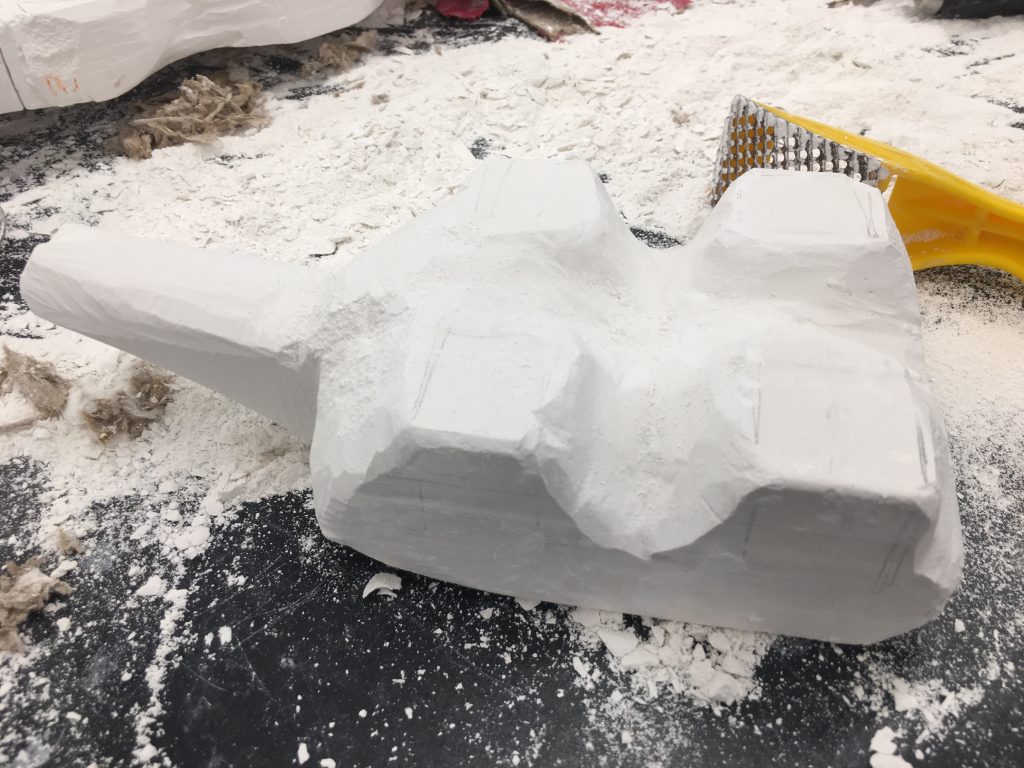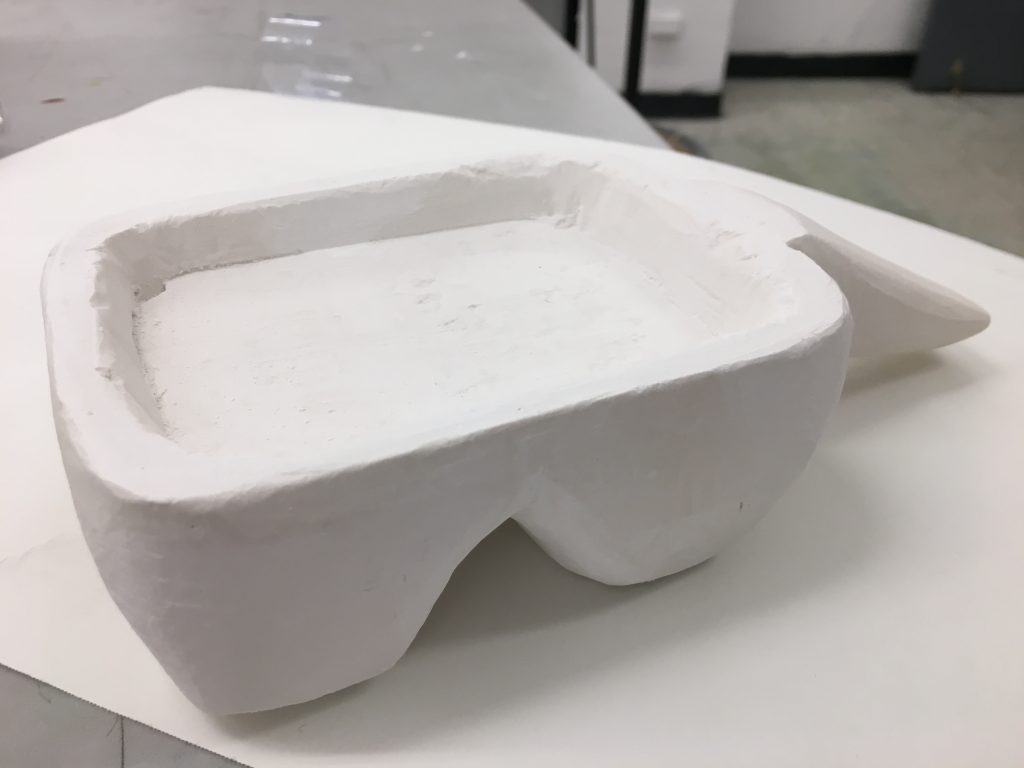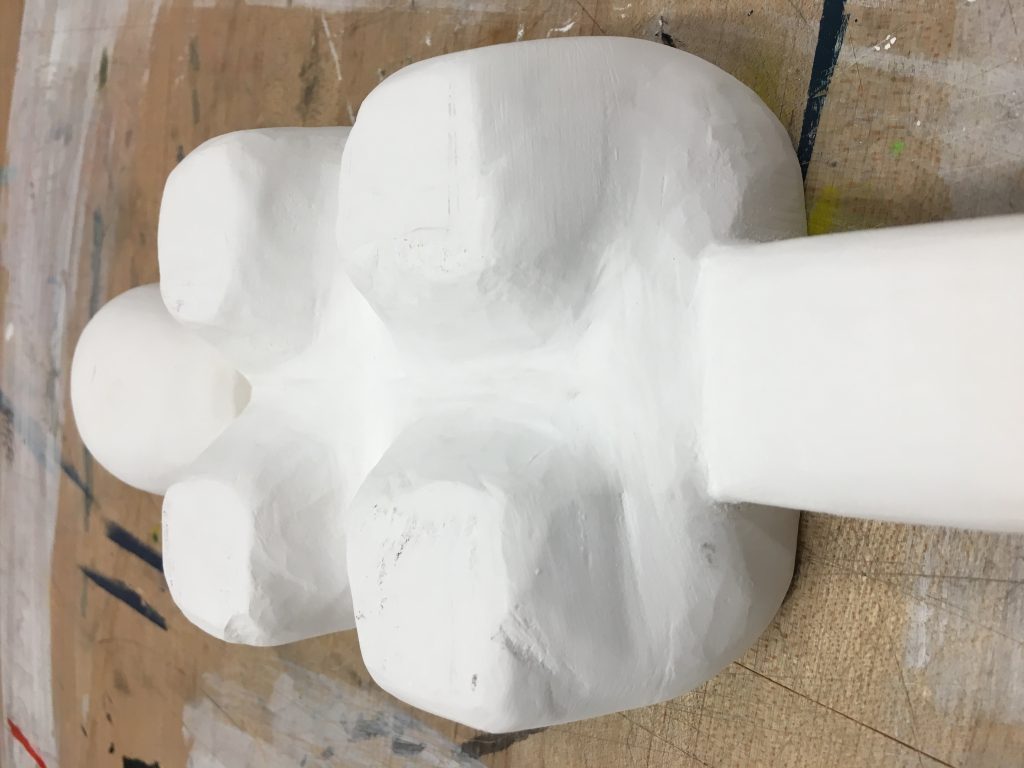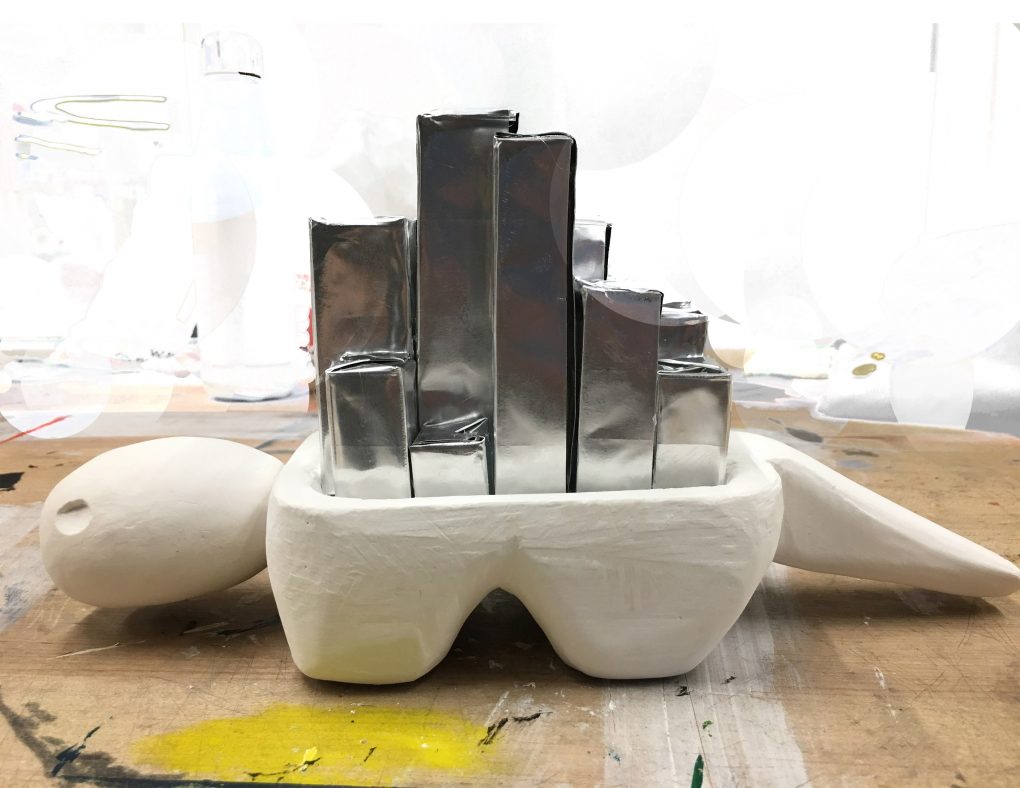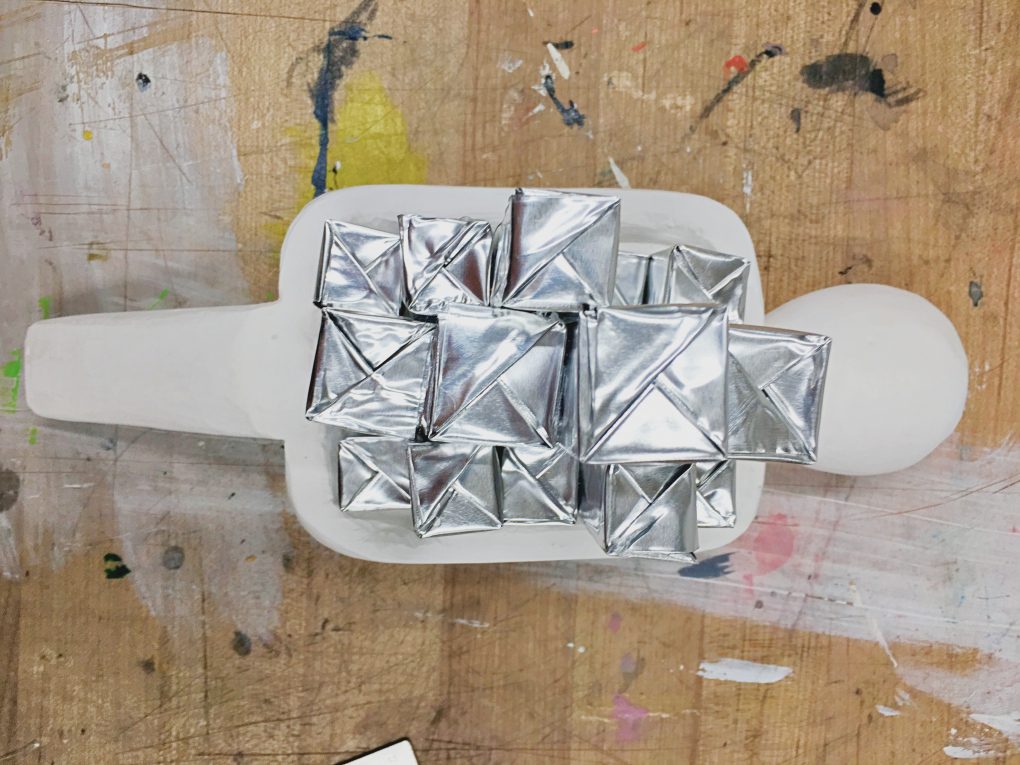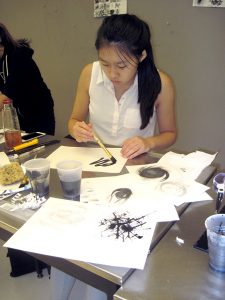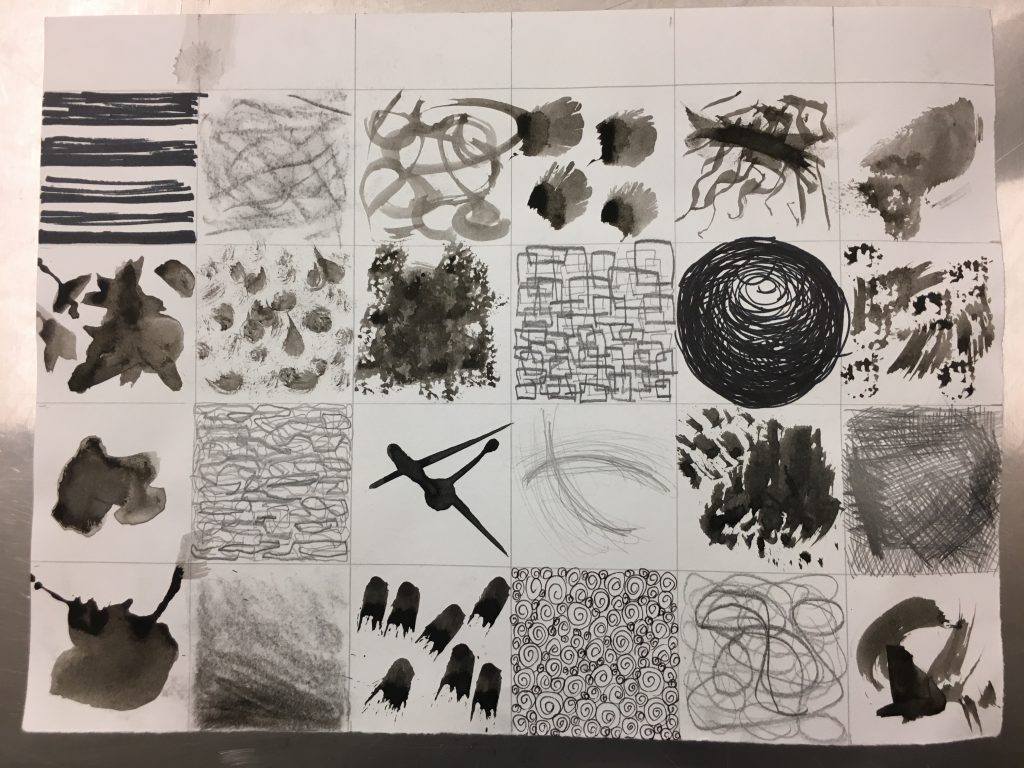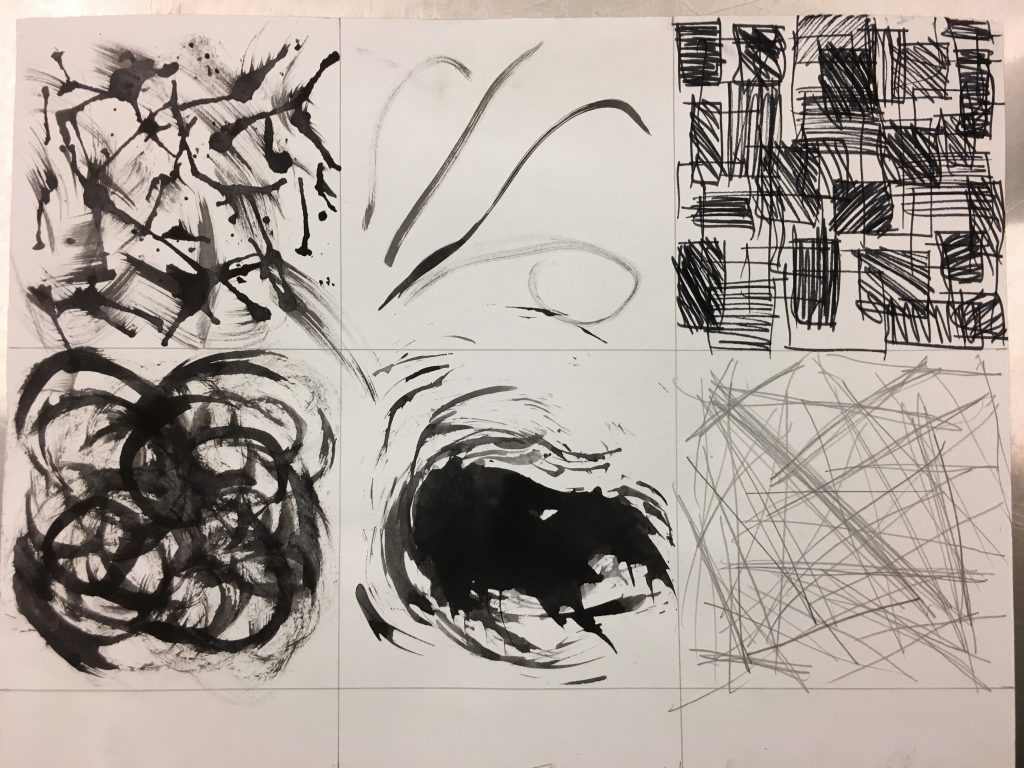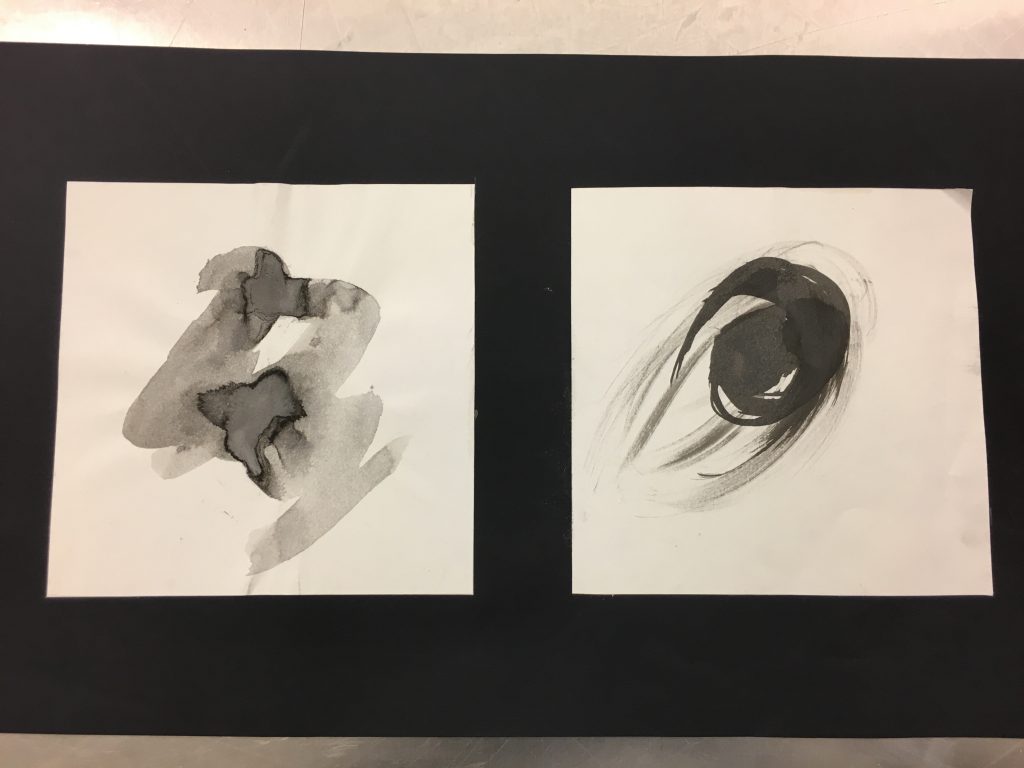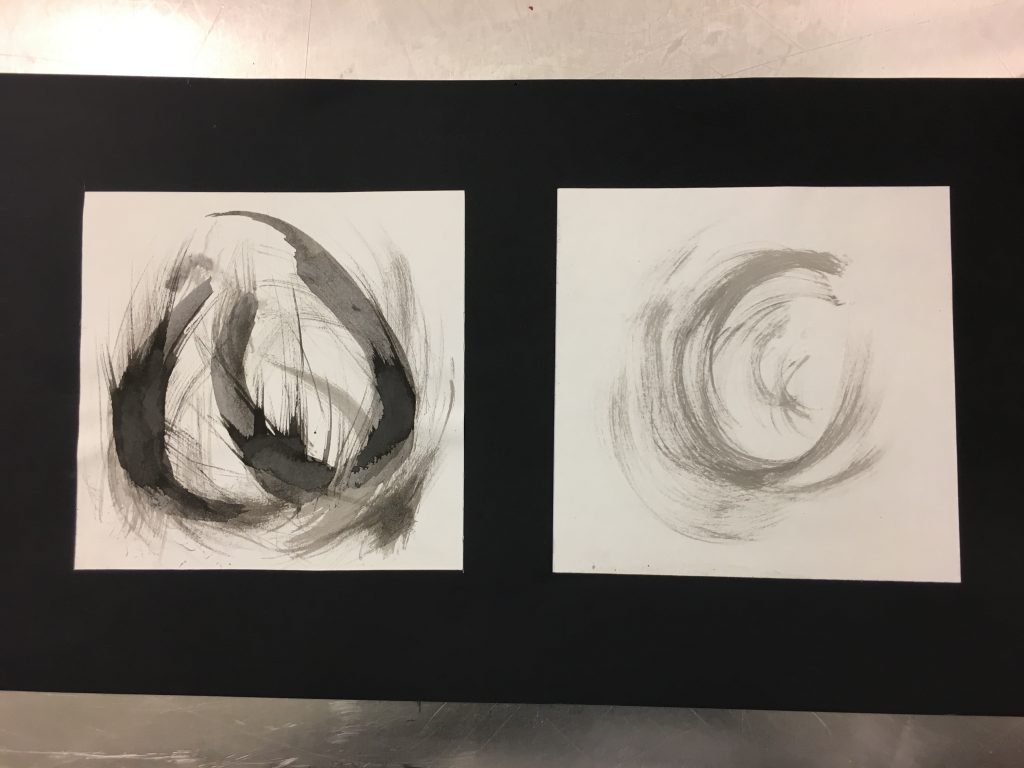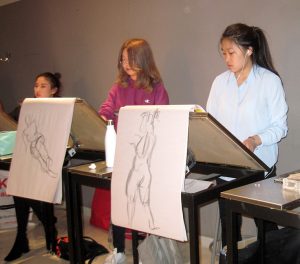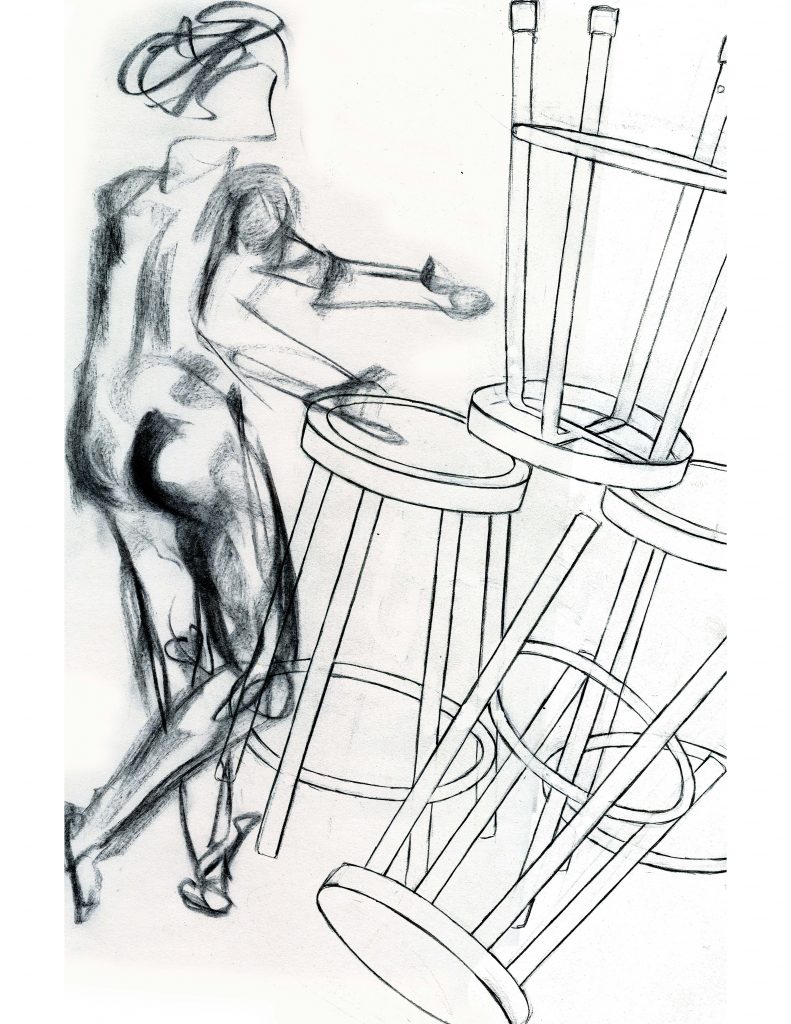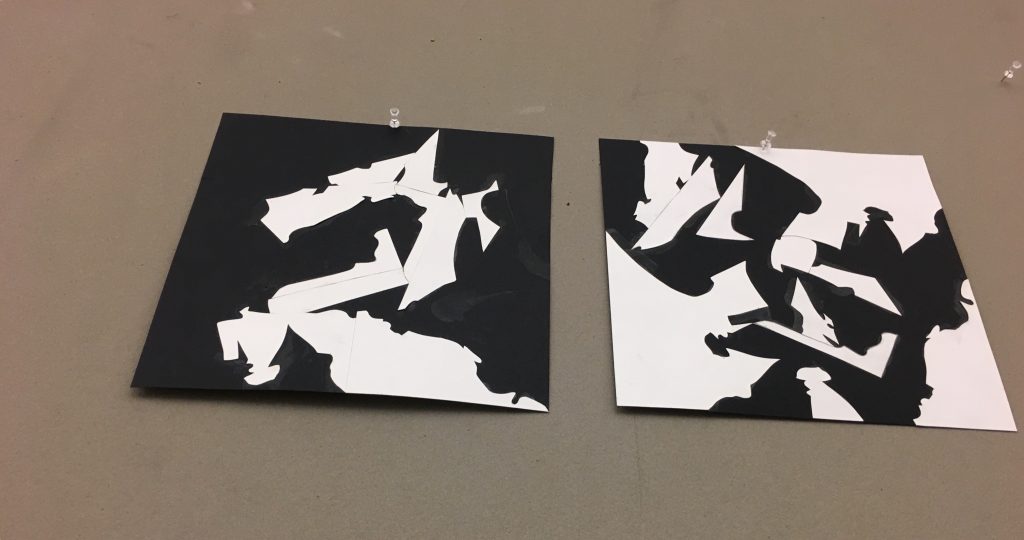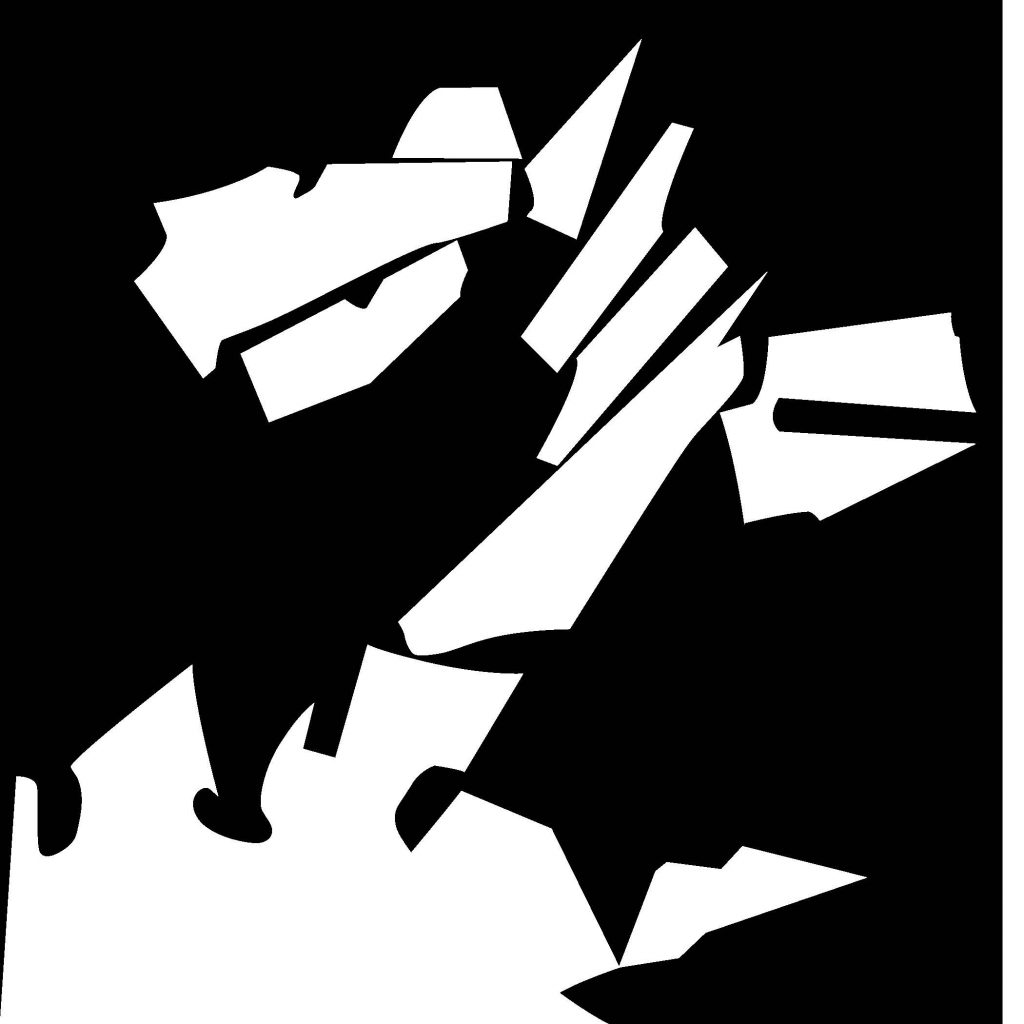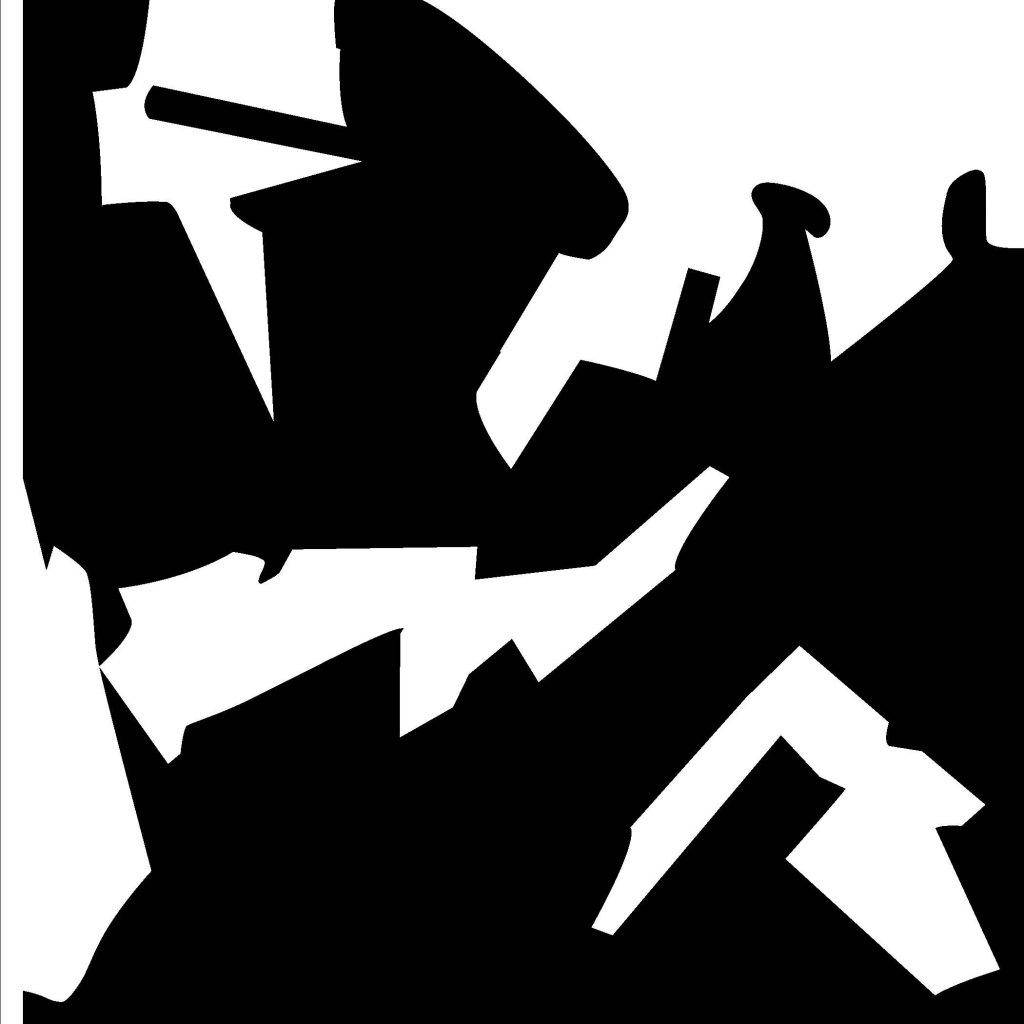VISION:
My monument will be in the form of a turtle. It will appeal to children and function as an interactive element of the playground. The legs, head, tail, and a portion of the shell will be made of plaster. The detailed part of a turtle’s shell will be made out of pieces of wood, they will be different sizes and allow children to climb the shell. The tail will be a sort of ladder to get up to the shell and the head will be how they get down. They will also be able to crawl under the legs of the turtle. The purpose of my monument is to further stimulate a child’s imagination and sense of wonder, to explore and have fun. In this society, the length of “being a kid” is getting smaller and smaller because of growing vulgarity they are surrounded by. I want my monument to help bring back the innocence and fun in childhood for children living in this time.
LOCATION:
The site of the monument will be Heckscher Playground, located in Central Park, New York. It was Central Park’s 1st formal playground, and it was founded by August Heckscher, a philanthropist, park commissioner, and advocate for parks and the arts. He was also a chairman for The New School. I chose this location because the atmosphere and overall appearance fits well with my vision for my monument. The landscape and environment also complements my monument. The location is fitting because the monument will appeal to families and children, who are my intentional audience.
MAQUETTE:
EXECUTION:
First, I constructed a mold to pour the plaster in out of duct-tape and chipboard. I duct-taped the entire inside of the form to give the chipboard more support. This turned out to be a good idea because when I took the plaster out of the chipboard mold, there was no moisture or mold on the plaster.
Since the mold turned out to be much more shallow than I had planned for, I had to make the turtle’s head separate from the legs and tail. I also had to make an inlet that would be the base for the shell. I used the plaster bandsaw to cut the plaster into more manageable pieces.
The metal shapes were each made individually with a bone-folder and theirs sizes range from 4-.75 inches tall, and .75-1 inch wide.

